- About us
- Support the Gallery
- Venue hire
- Publications
- Research library
- Organisation chart
- Employment
- Contact us
- Make a booking
- Onsite programs
- Online programs
- School visit information
- Learning resources
- Little Darlings
- Professional learning
Fred Williams’ unique landscape vision emerged in the late 1950s, after his return from a period of study and work in London. The 1960s saw an increasing minimalism in his paintings, which reached its most extreme point at the end of the decade. His monumental works of 1969 sought to evoke the scale of the Australian landscape through canvases of a single colour dotted with tiny flecks of paint. The bare, uncompromising pictures contributed profoundly to subsequent Australian interpretations of place.
This painting, one of the very first acquisitions of the National Portrait Gallery, was the last and most considered of his few self portraits. The work of painting is emphasised; this is no tousle-haired, tortured genius but a serious artist going about his business. The treatment of the jacket is reminiscent of that of rocks and trees in his landscapes of the same period and the work is characteristically enlivened with touches of vibrant colour on cheekbones and ears.
Gift of Lyn Williams 1998. Donated through the Australian Government’s Cultural Gifts Program.
© Fred Williams
Fred Williams (age 33 in 1960)
Lyn Williams (4 portraits)
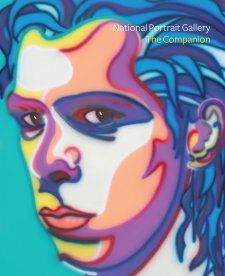
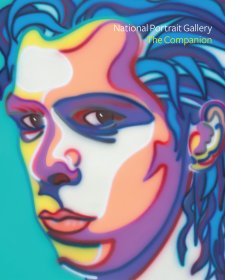
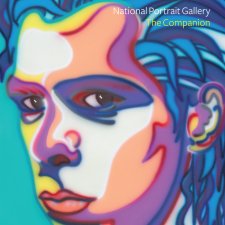
On one level The Companion talks about the most famous and frontline Australians, but on another it tells us about ourselves.

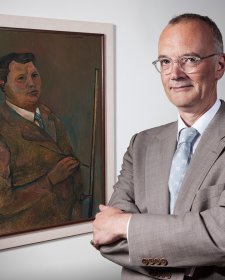

1 May 2014
In Persuasion (1818), a long walk on a fine autumn day affords Anne Elliot an opportunity to ruminate wistfully and at great length upon declining happiness, youth and hope.
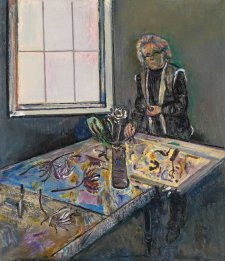
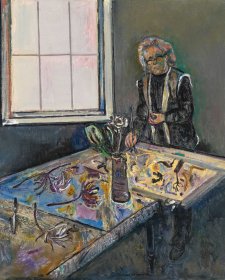
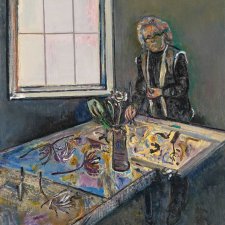
Michael Desmond discusses Fred Williams' portraits of friends, artist Clifton Pugh, David Aspden and writer Stephen Murray-Smith, and the stylistic connections between his portraits and landscapes.